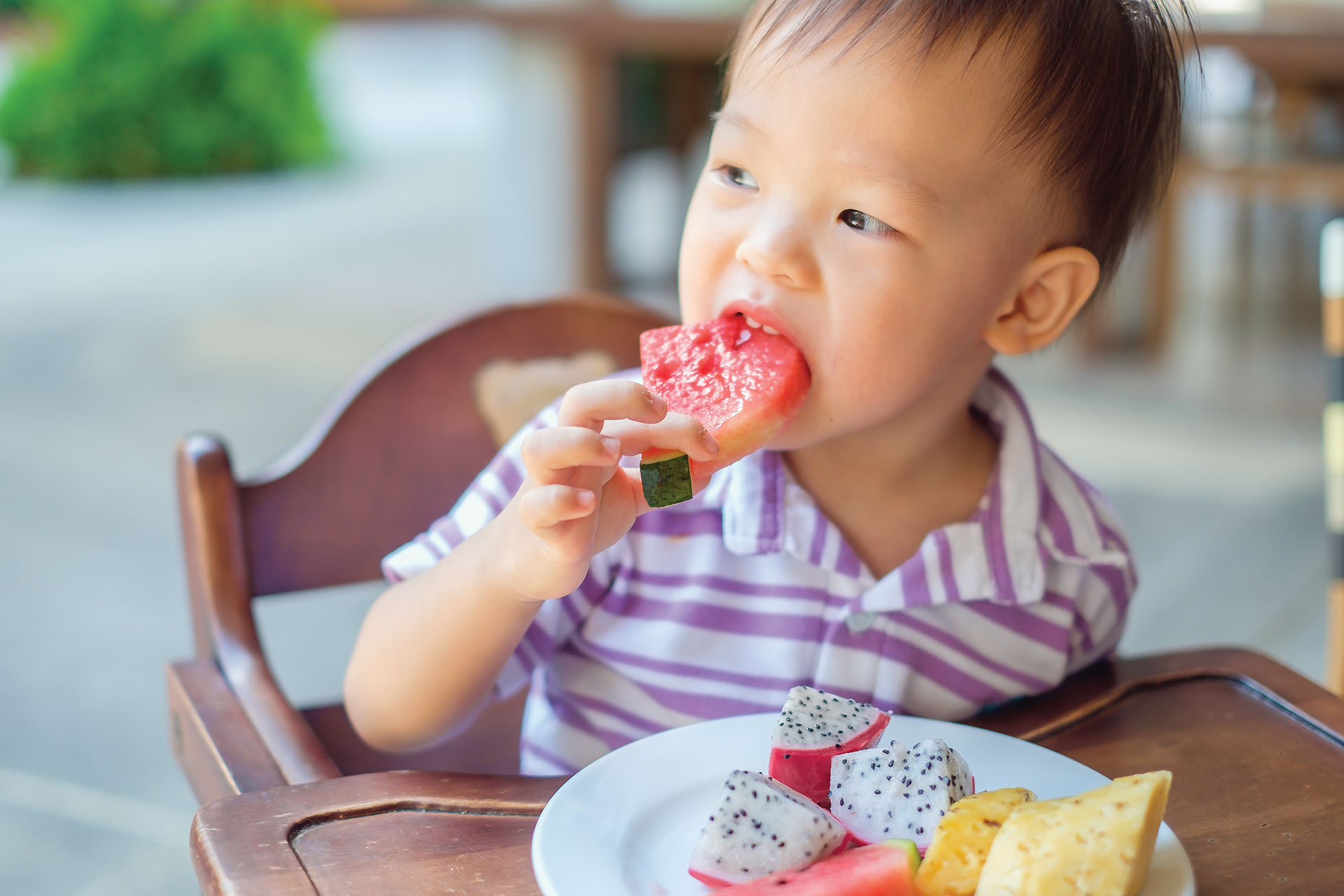
7 Ways to Introduce New Foods to Your Preschooler
- Home
- Live Well Blog
- 7 Ways to Introduce New Foods to Your Preschooler
Eating should be a fun learning experience, especially for young children who are relatively new to the whole process. When the pressure to “try” something new or “finish” a meal is high, the fun and enjoyment can go right out the window. We all know it bothers a young child to be pressured into eating something they don’t know, or don’t like. Likewise, it’s frustrating for parents to have to nag, plead or discipline their child at the table. Believe it or not, introducing new foods to your child can be both a fun and learning experience. Listed below are seven ways to bring the pleasure, lessons and exploration back to mealtime.
HELPING HANDS
Include your young child in the cooking process, even though it may seem like a lot of mess. Preschoolers are able to tear lettuce, wash vegetables, cut soft foods, mix ingredients with a spoon, set or clear off the table, wash countertops, and more. Studies show that when kids help in the kitchen, they naturally learn about food and are more likely to eat (or at least try) what they’ve made.
SELF-ASSEMBLY
Use do-it-yourself entrees, like tacos or sandwiches, in your weekly menu. Lay out the ingredients buffet-style, and let your preschoolers put their main dish together. For example, one child might choose meat and cheese on their taco while another might go for beans, cheese, lettuce, and salsa. This approach helps your child “own” their meal: it matches their taste buds, which makes it more likely that they’ll eat it. And—it’s less work for you!
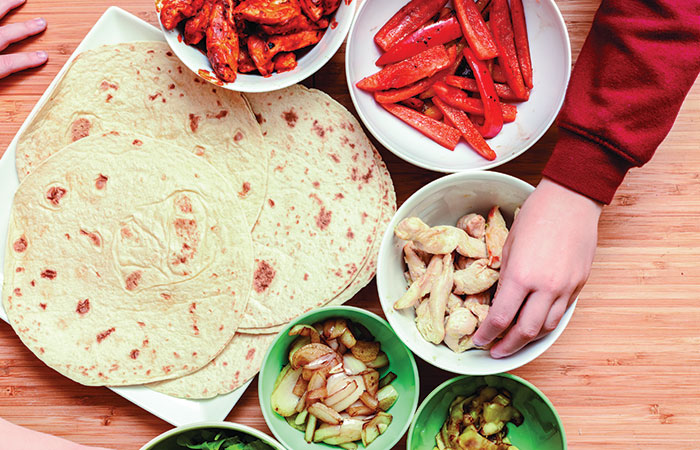
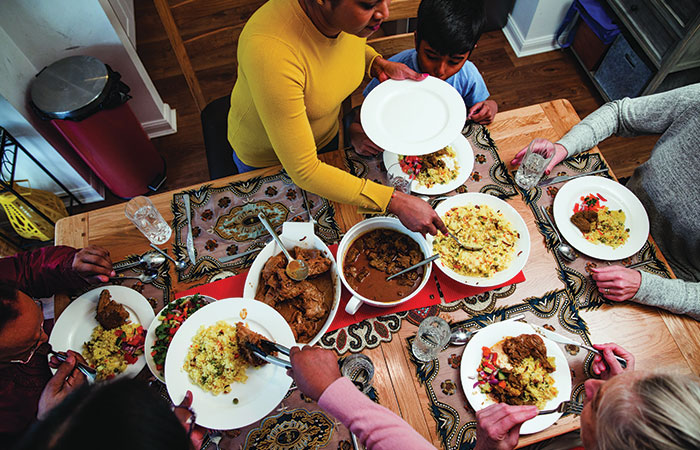
FAMILY-STYLE FEEDING
For this approach, all meal items are on the table in serving dishes. Each family member passes the dishes around, allowing them to serve items of their choice in amounts that match their appetite. Parents can hold bowls for preschoolers, allowing them to help themselves.
A TASTING PLATE
Put this special plate in the center of the meal table, and place any new or unfamiliar food on it. Let your child touch, smell, lick, kiss, put the food in their mouth, chew, or spit out the food on this plate. There should be no pressure to eat the food. The tasting plate is the perfect way to introduce a new food to a young child who may not want to have it on their own plate.
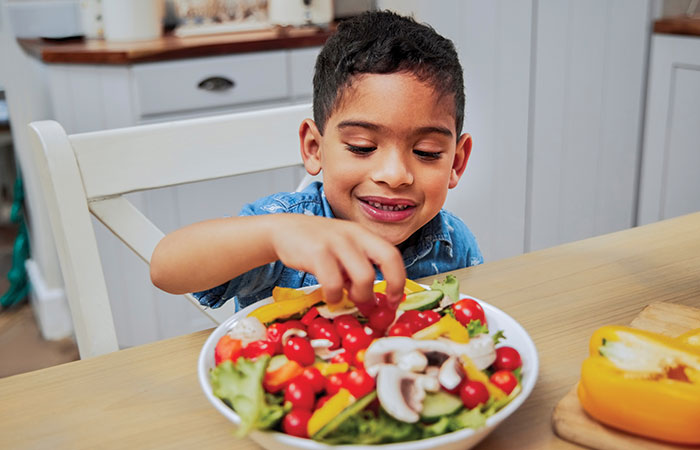
NO THANK YOU
Always let kids know they don’t have to eat at mealtime. While this seems to go against common sense, it actually cuts down on “food fights” and lets your child skip the meal if they’re truly not hungry. Do let your child know they need to sit with the family at mealtime, even if they don’t eat. Don’t offer a stand-in meal or snack; stick with your planned meals and snacks, which for young children is five to six feedings per day. Tell your child that if they don’t eat now, there will be another meal or snack in a few hours.
FRUITS AND VEGETABLES
Reverse their “usual” appearances by serving veggies at breakfast and fruit at dinner… Don’t worry too much if your child isn’t eating veggies— many fruits offer similar nutrients and make up for non-veggie eating. Just keep the vegetables coming to the table, so your child warms up to them eventually.
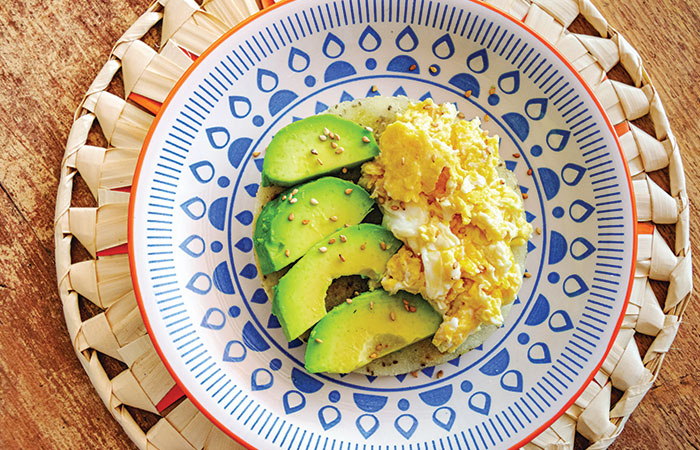
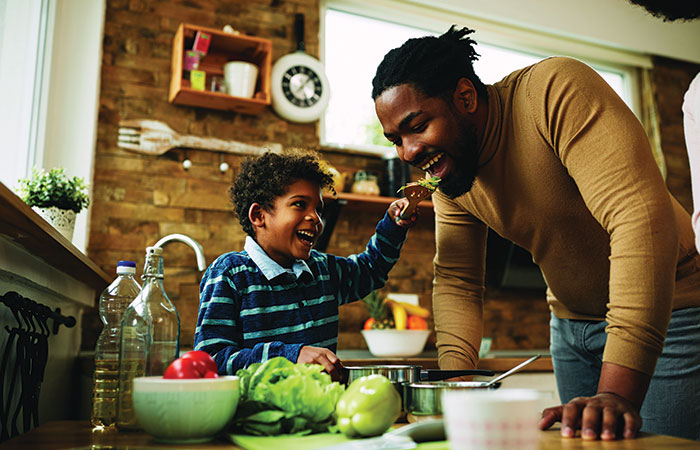
CREATIVE, CATCHY WORDS AND PHRASES
Naming the food your child eats and making themes for mealtime helps your preschooler’s imagination, which is an active part of their play and learning. Try creative names like Tornado Tacos, Dinosaur Leaves (lettuce), Fishy Friday (salmon), Casa {insert last name} Italiano Night, and Krazy Kids Choice Meal. Research shows that kids are more likely to eat or try new foods when they have catchy names.
There are many options for keeping your meal table a fun and enjoyable place to be! The best part is that your preschooler can learn about food at the same time. How do you plan to keep your family laughing and learning at mealtime?